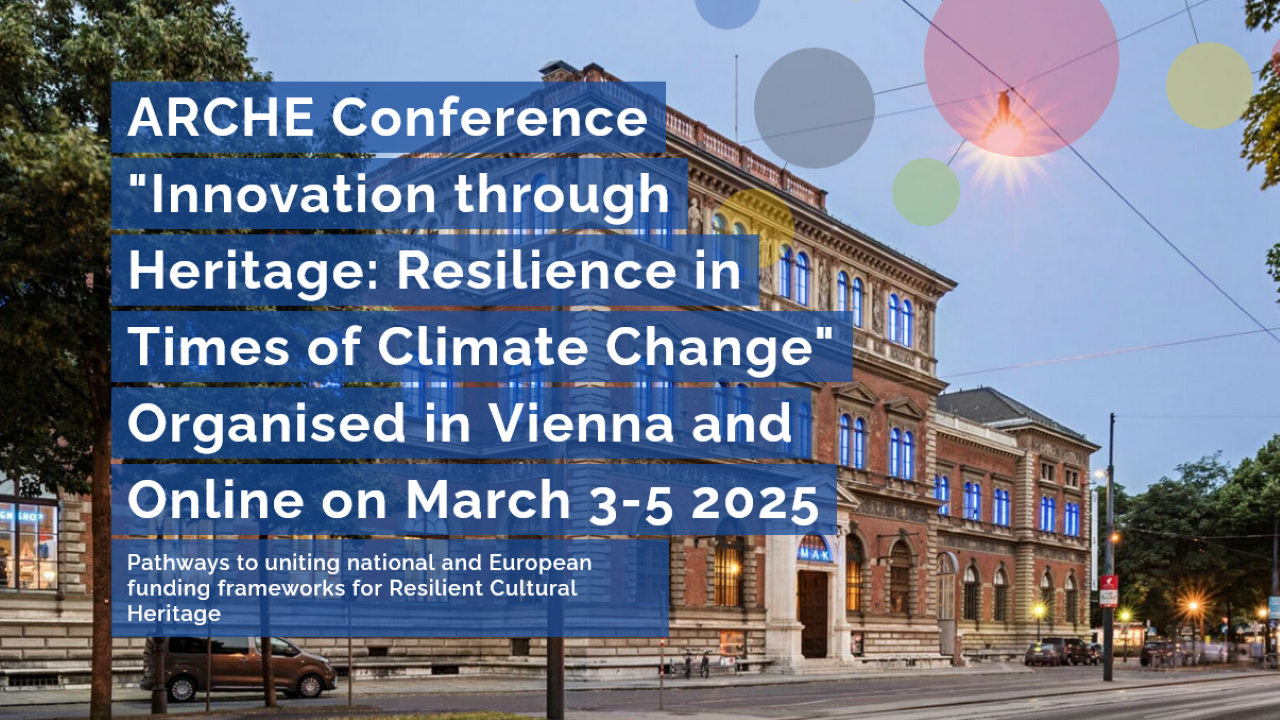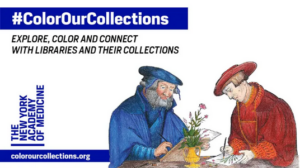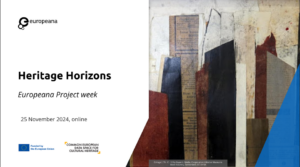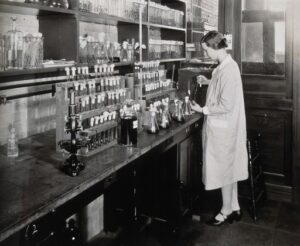“In a rapidly evolving world where technological advancements and environmental challenges continually reshape society, preserving and leveraging cultural heritage as a resource for research, societal benefit, and economic growth is more vital than ever.”
The ARCHE (Alliance for Research on Cultural Heritage in Europe) conference “Innovation through Heritage: Resilience in Times of Climate Change” took place in Vienna on 3-5 May 2025 and was hosted by the Time Machine Organisation (TMO). The three-day conference brought together policy makers, thought leaders, innovators and stakeholders from across Europe to discuss critical issues such as digitisation, technology, climate adaptation and resilience. How will the future of cultural heritage be shaped by research and innovation, and how can cultural heritage itself be a catalyst for innovative change? In this blog we want to summarise the outline and content of the conference.
Preparing Cultural Heritage for Climate Change
The recurring theme on the second and thrid day of the conference was the impact of climate change on our cultural heritage and how we can prepare for it, especially our intangible objects. The possibility of extreme events due to war or climate change is gradually increasing, and with it the need for preparedness and disaster management. The major goal of the cultural heritage sector and companies such as JPI Climate is to ensure, that the transfer of climate knowledge reaches the level of action and policy making, and that the following necessary transition takes place in a just and equitable manner (“Equinox Process”).
An example of the cultural heritage sector benefitting climate change innovation is a project of Time Machine Amsterdam. The ATM Timeslider in Netherlands 3D allows the user to experience the city through the centuries. Using the Heritage Building Information Modeling (HBIM) approach, the project lays the foundations for impact analysis of climate change (e.g. flooding). This takes urban and housing planning to a new scale.
The International Council of Museums (ICOM) is also actively involved in the development of emergency plans for museums. One innovation is the ICOM Priority Tag for the Evacuation of Objects. The tag identifies objects in the museum that should be evacuated with priority.
Following these presentations, several project leaders presented their work and how it benefits in cultural heritage:
- CHANGES project
- large ecosystem: research & education + training programs
- contributes to systemic change in Cultural Heritage
- creates sustainable models for tourism
- Spoke 7
- Protection and conservation of Cultural Heritage against climate change, natural and anthropic risks
- impact analysis of climate change, developing sustainable conservation products, improving digital conservation tools
- ARCA (Biocultural Heritage in Arctic Cities)
- project focus: arctic cities in e.g. Norway and Alaska
- explores relationship between climate change and biocultural heritage (= human-environment relationships)
- focus on climate change adaptation
- STECCI
- impact of climate change on limestone monuments (mainly tombstones in Bosnia-Herzegovina)
- Production of innovative and sustainable protection strategies for cultural heritage
- findings can be applied to limestone buildings across Europe
Many of the new innovative strategies for climate change are moving towards 3D digitisation and modelling. This makes it possible to observe changes, model future events and adapt to changes in advance. Visualisation in general has the advantage of engaging people and making them feel connected to the issue.
Common European Data Space for Cultural Heritage
High on the Innovation-Through-Heritage agenda is the Data Space, which is starting to take shape. Our culture is changing through climate change, so we want to connect through a central data space that opens up the many silos to the general public. The main challenge is to ensure interoperability across the data space and to bring together all EU member states. There is still a tendency towards national protectionism.
The structure of the data space already exists in theory:
- PID (Persistent Identifiers): maintaining a consistent scheme throughout the space
- no data in the space, but through the space: the data space shall only retrieve and connect, not contain data
- Motto: “publish once, use everywhere”




